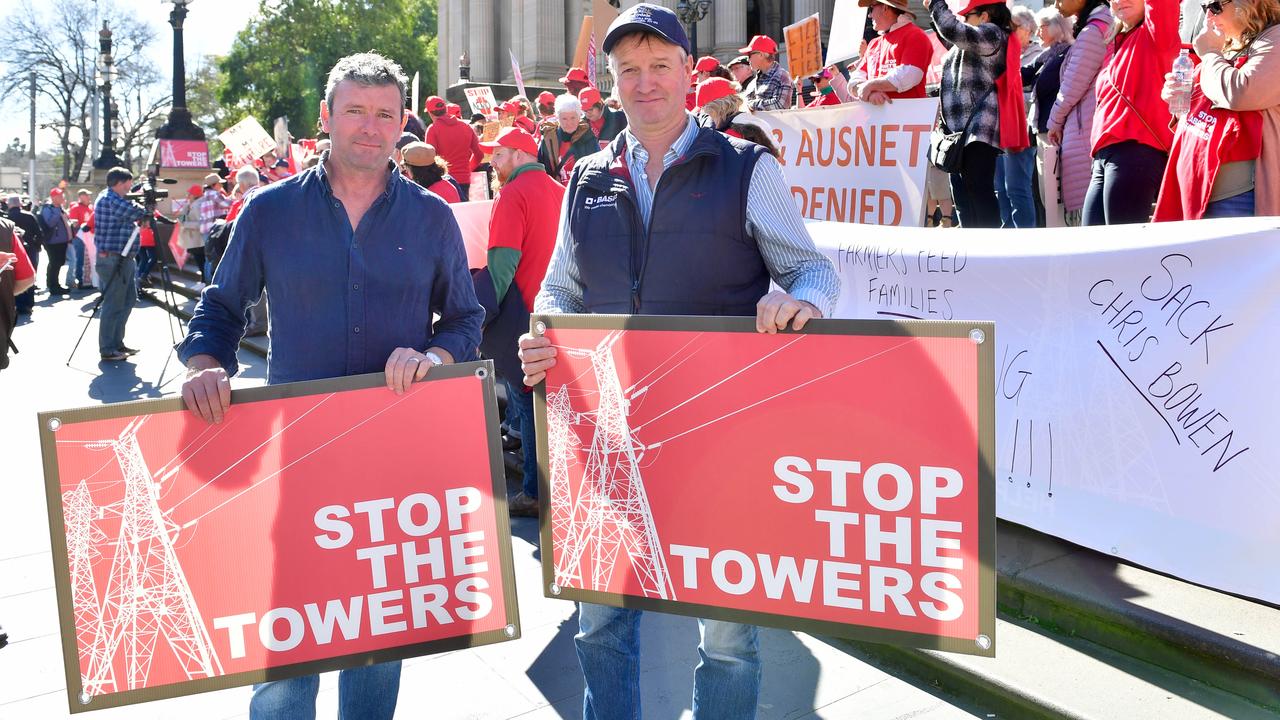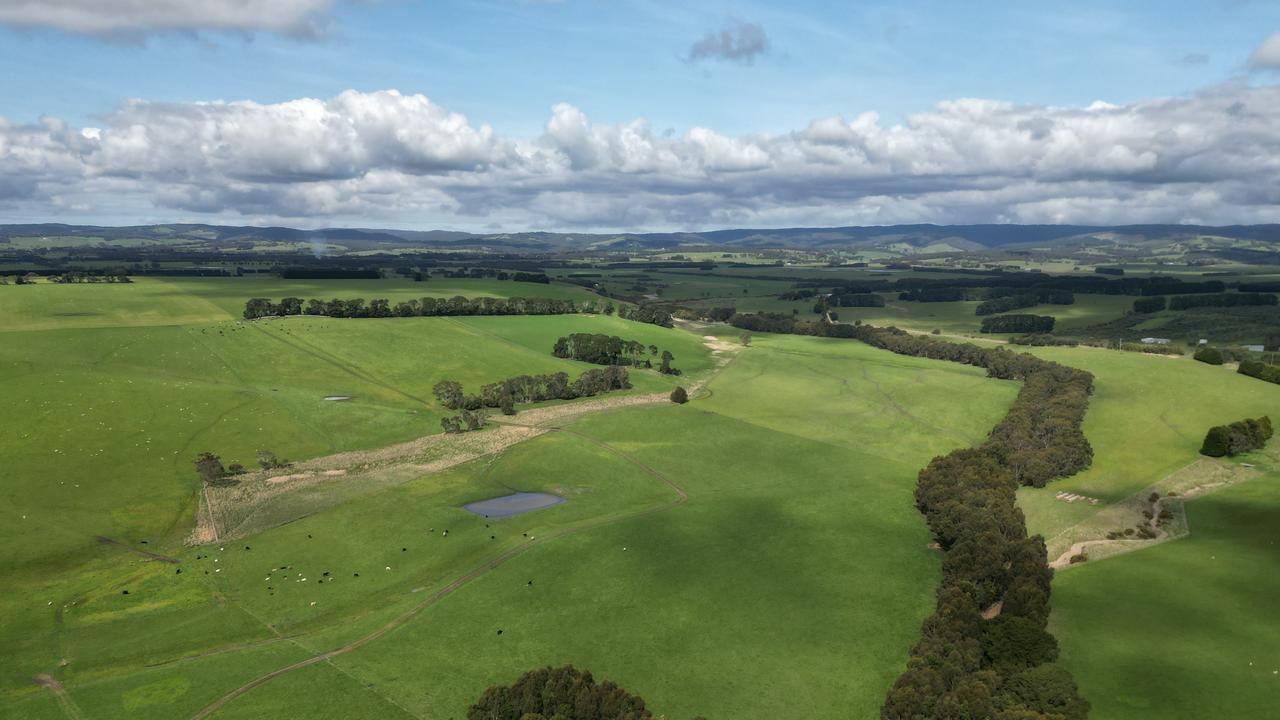‘Life and death’: Slow ambulance response times putting lives at risk
Critically ill patients in some regional areas are waiting more than 25 minutes for an ambulance. See the areas most affected.
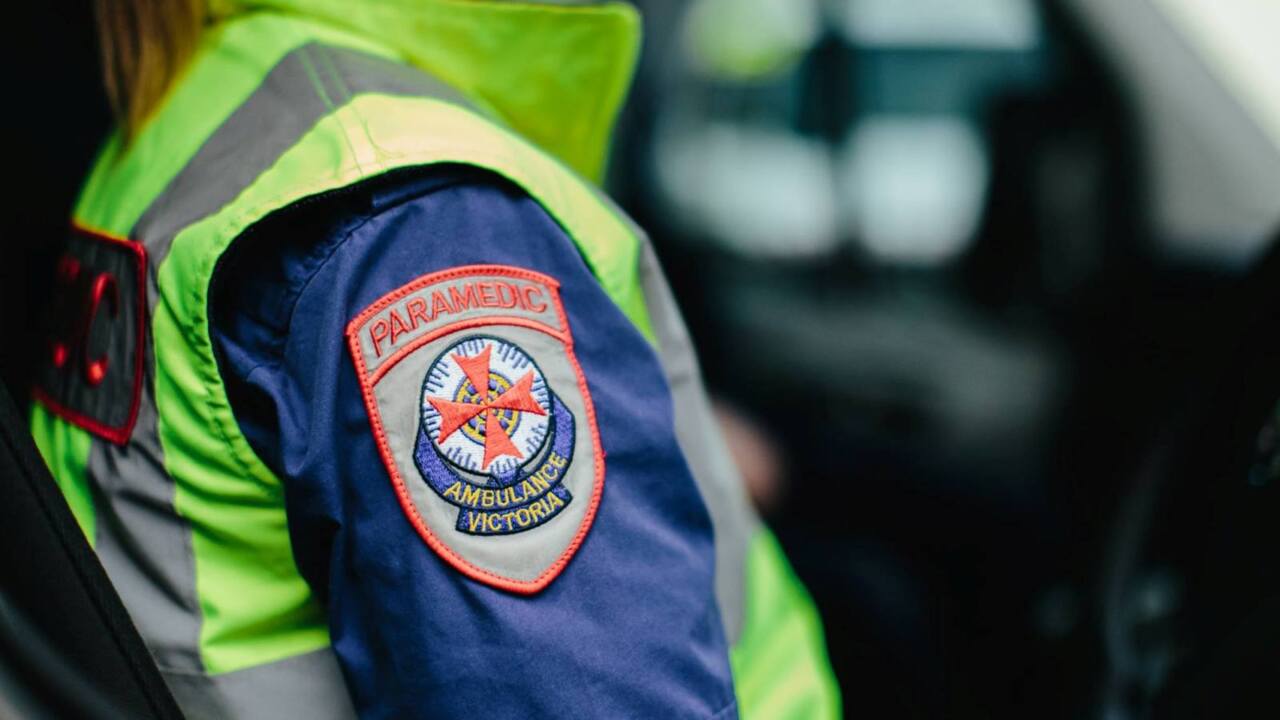
Critically ill patients are waiting more than 25 minutes for an ambulance in some parts of regional Victoria as the state ambulance service struggles to keep up with demand.
According to the latest figures from Ambulance Victoria, just 66.5 per cent of critically ill patients statewide in the October to December quarter were treated by paramedics within the first 15 minutes after phoning for help, the lowest percentage since Ambulance Victoria began reporting on the metric in 2015.
Patients in four shires – Towong, Mansfield, Buloke and Loddon – waited an average of 25 minutes or longer for help, while patients in 13 shires – Indigo, Alpine, Strathbogie, Murrindindi, Moira, Gannawarra, Yarriambiack, West Wimmera, Pyrenees, Hepburn, Moorabool, Golden Plains and South Gippsland – waited on average more than 20 minutes.
Only 10 out of dozens of regional shires reported average response times under 15 minutes, while almost all inner metropolitan Melbourne areas achieved the benchmark.
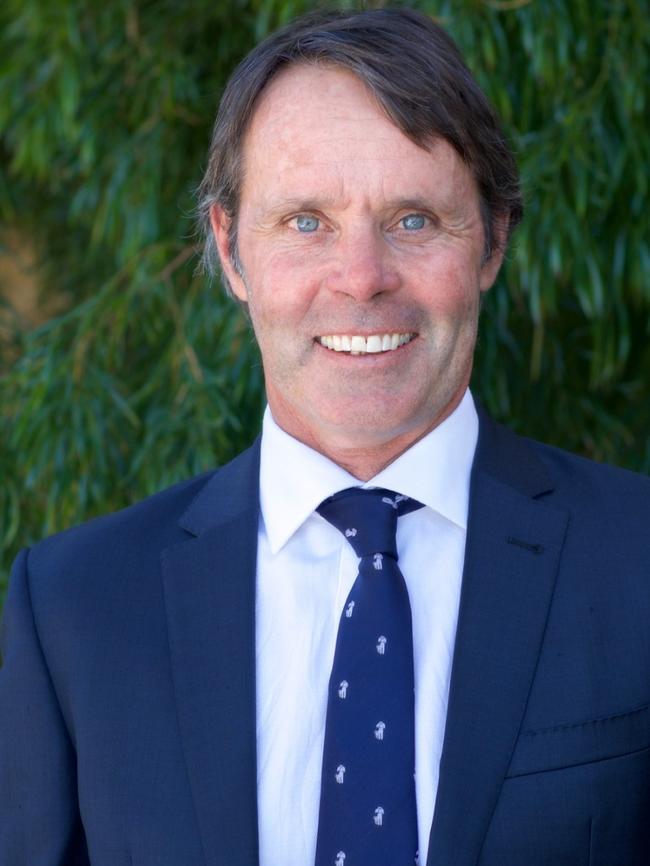
Mansfield Shire mayor James Tehan said the slow response times in Mansfield were “putting the community’s safety at risk”.
Mr Tehan said there was no regional hospital in the shire and ambulance services were often kept busy transporting patients an hour and 20 minutes to Wangaratta or two and a half hours to Melbourne.
“Ambulance Victoria needs to look at Mansfield and needs to appropriately fund it so that they can reduce these response times,” he said.
Mr Tehan said paramedics in the shire used “an old house” as their headquarters and were forced to park ambulances on the road because there was no on-site parking.
He said his council had requested $3 million in funding last year to build a services hub for the State Emergency Services, Country Fire Authority and Ambulance Service, but as yet were unsure if the funding would be approved.
“We’re one of the fastest, if not the fastest growing regional shire in the state, and we get this huge influx of people during the ski season and during the summer period. I don’t think the funding has really kept up with the growth of the shire,” he said.
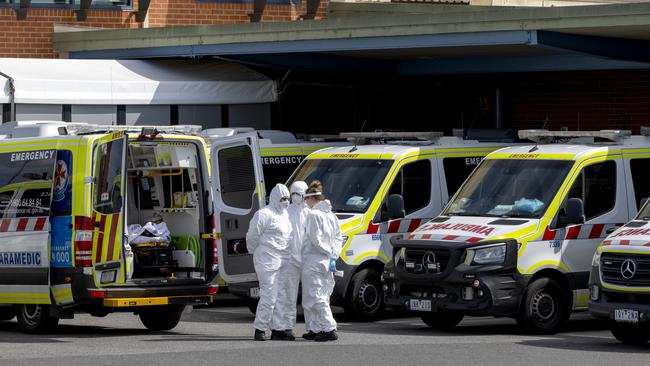
Indigo Shire mayor Bernard Gaffney said his council had advocated for years for increased resources for its ambulance service, and had succeeded in 2020 in securing two additional paramedics for the area.
“You can’t just sit back and cop it. A lot of people say that council should only be interested in roads, rates and rubbish. That’s not true. We’re the only voice our communities have on some occasions,” he said.
Since December 2020, Indigo’s ambulance response time improved from an average of 23.1 minutes to 21.5 minutes.
While he was “still not happy” with the response times, he said it was a great improvement.
“That’s not huge, but it’s a big increase,” Mr Gaffney said.
“Ambulance response times are a matter of life and death.”

Buloke shire council mayor Daryl Warren said his council would be investigating ambulance response times after seeing the latest Ambulance Victoria report and would be stepping up its advocacy for ambulance services in the region.
There was “well over 100km” between the area’s two ambulance stations at Charlton and Sea Lake, and people in the middle were often slow to get a response, with the state of regional roads in the area compounding the problem by slowing down traffic, he said.
Victorian Ambulance Union general secretary Danny Hill said Victoria’s funding model did not favour the regions.
“The focus has typically been on placing funding in areas that have the highest caseload. And the areas that have lower caseload yet have much further distances to travel, and probably much more complex circumstances – like Mansfield or Indigo Shire – are often left aside, so you don’t see the same sort of investment that you’ll get in metropolitan Melbourne or the major regional centres in those areas,” he said.
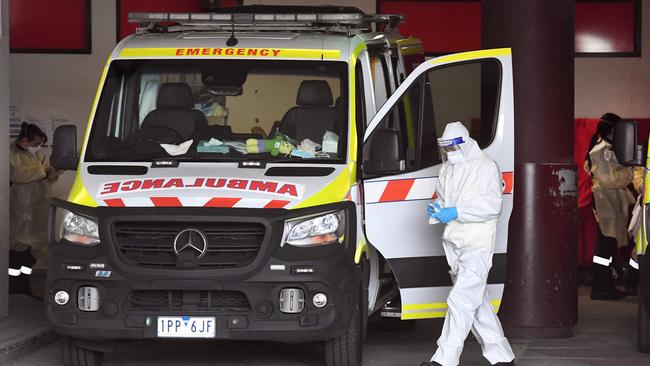
AMBULANCE VICTORIA RESPONDS
In a statement, Ambulance Victoria said the last quarter of 2021 had been the state’s busiest on record.
Acting executive director clinical operations Simon Thomson said the record workload and slower response times were no surprise given the ongoing and extraordinary impact of the Covid-19 pandemic.
“Demand is now higher than pre-pandemic levels. During the last quarter we were challenged by the peak of the Delta wave, the easing of Covid-19 restrictions and the emergence of the Omicron Covid-19 variant,” Mr Thomson said.
“Paramedics are under increasing pressure due to fatigue and record workload, wearing PPE to all cases and furloughing due to Covid-19 exposure, reducing staff and ambulance availability.”
Typically, small geographic areas with large populations – such as cities and suburbs – have faster response times.
In more rural, sparsely populated areas where distances are further, it can take longer for an ambulance to reach a case.
Mr Thomson said Ambulance Victoria was continuing to invest in new initiatives to better meet the needs of regional Victoria.
“Late last year we expanded our Medium Acuity Transport Service (MATS) to regional Victoria which helps free up other ambulance crews for the most critical cases,” he said.
“In the last few months, we’ve seen Korumburra, Yarrawonga, Cobram and Mansfield ambulance branches converted from on-call to 24 hours services, meaning around-the-clock care for these regional communities.
“Extra ambulances and paramedics have also started operating in Bendigo, Leongatha, Moe and Warragul.
“While there are signs that infection rates are slowing, we remain very busy and continue to ask all community members to help us by saving triple-0 (000) for emergencies.”




